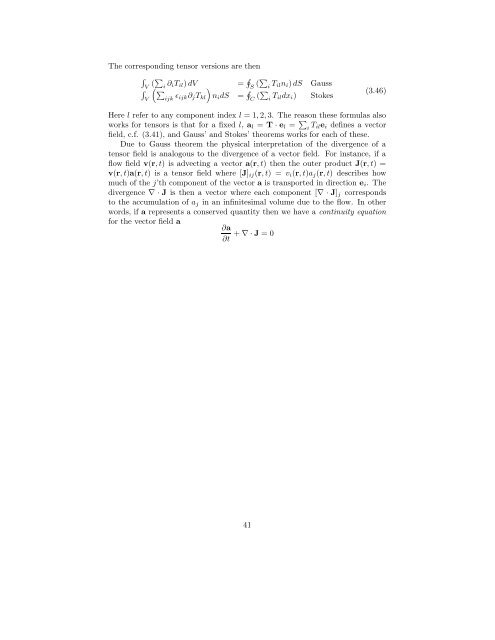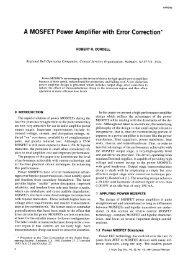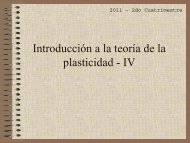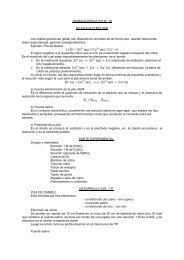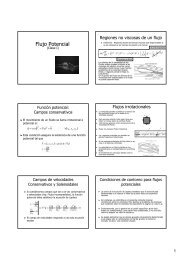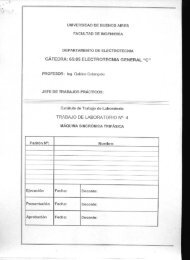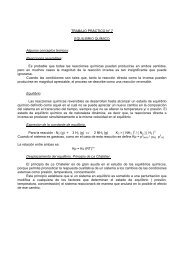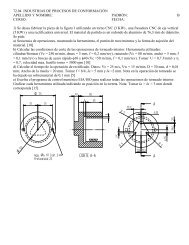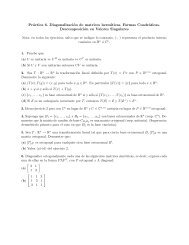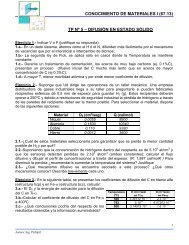Introduction to vector and tensor analysis
Introduction to vector and tensor analysis
Introduction to vector and tensor analysis
You also want an ePaper? Increase the reach of your titles
YUMPU automatically turns print PDFs into web optimized ePapers that Google loves.
The corresponding <strong>tensor</strong> versions are then<br />
<br />
V (i<br />
∂iTil) dV = <br />
<br />
<br />
nidS = <br />
V<br />
<br />
ijk ɛijk∂jTkl<br />
S (<br />
i Tilni) dS Gauss<br />
C (<br />
i Tildxi) S<strong>to</strong>kes<br />
(3.46)<br />
Here l refer <strong>to</strong> any component index l = 1, 2, 3. The reason these formulas also<br />
works for <strong>tensor</strong>s is that for a fixed l, al = T · el = <br />
i Tilei defines a vec<strong>to</strong>r<br />
field, c.f. (3.41), <strong>and</strong> Gauss’ <strong>and</strong> S<strong>to</strong>kes’ theorems works for each of these.<br />
Due <strong>to</strong> Gauss theorem the physical interpretation of the divergence of a<br />
<strong>tensor</strong> field is analogous <strong>to</strong> the divergence of a vec<strong>to</strong>r field. For instance, if a<br />
flow field v(r, t) is advecting a vec<strong>to</strong>r a(r, t) then the outer product J(r, t) =<br />
v(r, t)a(r, t) is a <strong>tensor</strong> field where [J]ij(r, t) = vi(r, t)aj(r, t) describes how<br />
much of the j’th component of the vec<strong>to</strong>r a is transported in direction ei. The<br />
divergence ∇ · J is then a vec<strong>to</strong>r where each component [∇ · J]j corresponds<br />
<strong>to</strong> the accumulation of aj in an infinitesimal volume due <strong>to</strong> the flow. In other<br />
words, if a represents a conserved quantity then we have a continuity equation<br />
for the vec<strong>to</strong>r field a<br />
∂a<br />
+ ∇ · J = 0<br />
∂t<br />
41


